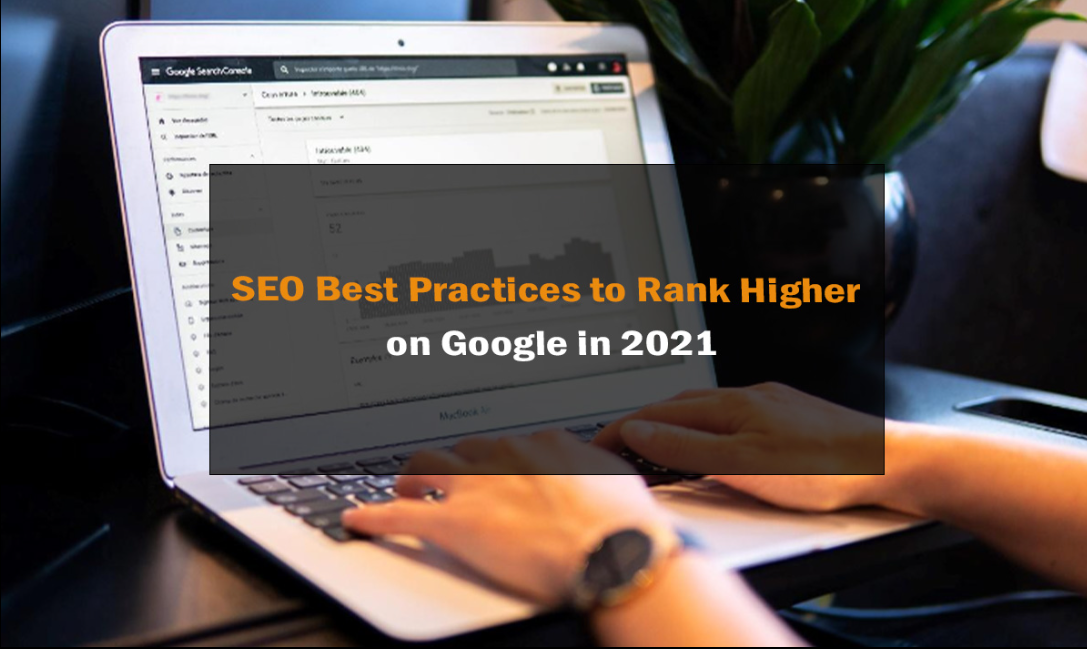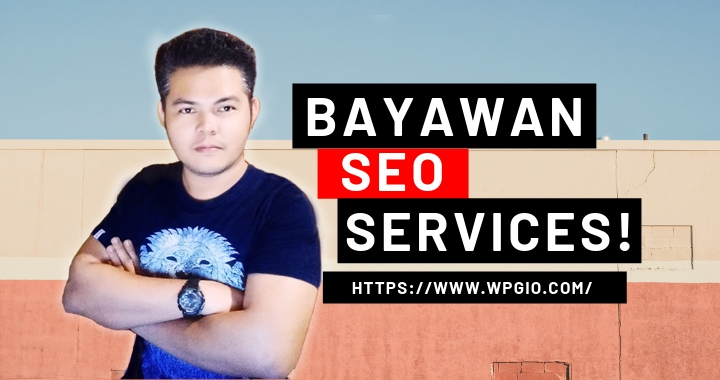
SEO Best Practices to Rank Higher on Google in 2021
SEO Best Practices to Rank Higher on Google in 2021
Here’s the harsh truth: If you don’t appear in the top 10 Google results for your targeted keywords, your site may also be invisible to Google.
According to HubSpot, 75% of search engines never get above the first page of search results – that’s why ranking on the first page of Google is so important.
You can use many strategies and techniques to get higher rankings on Google, but your chances of getting on Google’s page 1 are minimal if you’re mistaken on the basics.
By following SEO best practices, you will lay the foundation for your website to increase its search visibility. Once set up, you can move on to more specific keyword research, appealing visuals by describing variables like price and colors, etc., through WooCommerce variable pricing plugin and link-building strategies.
In this article, I’ll share five best practices in SEO that you should follow to get higher in the search ranking in 2021.
1. Core Web Vitals as a Google ranking factor
In May 2020, Google announced three new Core Web Vitals metrics, which measure user experience: utilization, engagement, and visual stability. However, all three metrics primarily relate to only one thing – page speed: how fast a page loads, how fast it becomes interactive, and how stable it is when loading.
Core Website Vitalities has been one of Google’s rankings since May 2021, so you need to be careful about displaying the first page. For example, if two pages have equally relevant content, users’ expert metrics will help search engine robots decide which page should be higher.
2. Focus on User + Search Intent
In 2021, it’s time to focus on users and search targets. Really. While this is hardly a new trend or concept, it is essential to reorient yourself every year as the Intent and behavior of search engines are constantly changing. Significantly after 2020, when so much has changed.
“Basically, Google (and other search engines) are the place to go if people want to answer a question or learn more about something,” said Jenn Matthews, GitHub’s SEO manager. “If we understand why people are looking for them and help with content that gives the answers they’re looking for, our business will benefit.”
A copy meets the visitor’s needs and concerns, not a copy about your products, company, or why your product is good. A fast website that changes and stabilizes quickly. He doesn’t hire people to find your content or spend money with you—no forced popups, entries, etc.
Analyze search data and site conversions for all your potential customers – not just the search terms they used to find your content, but also the site searches and highlighted keywords on all the pages you visited. Then, summarize this data and assign it to a content journey.
3. Prepare Your Site for Voice Search
Voice search has proven itself well in the lives of many people. You can use Apple’s Siri, Amazon Echo, or Google Assistant for just three examples. As this technology becomes more prevalent, you need to think about how search engine optimization can affect your search engine optimization efforts.
The main difference between typical SEO strategies and voice search optimization is using “more natural phrases.” Finally, text searches usually contain unnaturally abbreviated phrases such as “best blog hosting in 2021”. But if you were to use your voice to find the same information, you’d probably say something like, “What’s the best blog hosting of the year?”
Did you notice that the second movement is more natural and much longer? That means you should also consider optimizing your content for longer keywords. Since the end goal is to use keywords that people are likely to be looking for, it can make your job easier since you don’t have to put pesky keywords in your content.
4. Improve the User Experience on Your Website
Google closely monitors how users interact with your content. Therefore, user experience is one of the critical factors in improving your search results. Likewise, page speed is critical to improving the user experience of your website visitors.
Here are some additional tips to help your users enjoy your site:
Use Headings: Using headings correctly (H1, H2, H3) will help Google better understand your content and make your text more accessible to readers.
Make your content visually appealing: Several studies show that images help people understand your content better. Use relevant images, videos, and screenshots to illustrate your views.
Avoid intrusive popups: Popups are not only bad for SEO, but they also annoy your visitors. From 2017, Google will penalize websites that use intrusive popups. So use popups carefully. If you need to add to your mailing list, use outbound popups or show them to people who have been on your site for at least 5 minutes.
Use white space: Space is an essential aspect of good design. According to Crazy Egg, misunderstandings between the sections on the left and right increase understanding by 20%. So consider using the space to read more content and get the user’s attention.
5. All SEO is Mobile SEO
The Google Mobile Index means that the search engine now ranks pages according to their mobile versions. So even if your website works great on your desktop but is challenging to use and your smartphone is slow, your SEO ranking will likely suffer.
Because of this, website optimization for mobile phones is no longer a must. Even more, the time you need to spend making sure your mobile website is fast and easy to use. It’s also known as responsive to making your website responsive, as the goal is to make it work well regardless of the screen size or the type of device it’s being viewed on.
It would be best if you also considered how effectively your site works on different screens. For example, if you’ve designed navigation for surfing on desktops, is it still intuitive and easy to use on mobile devices? If your site has additional elements, such as pop-ups, you should also ensure they do not affect the mobile user experience.
Fortunately, this is not as difficult as it sounds. For example, many WordPress themes and plugins are designed with responsiveness in mind. However, you need to scan your website on multiple devices to avoid problems carefully.






